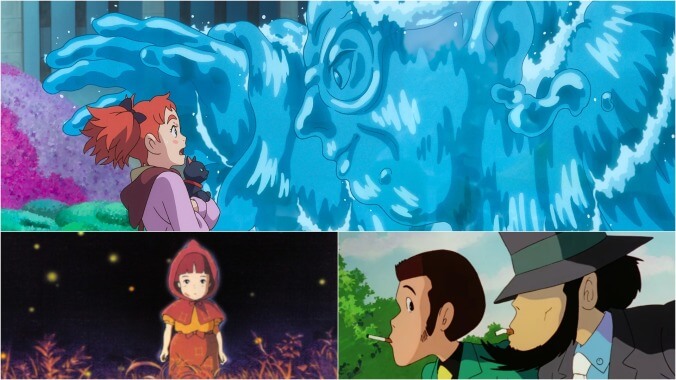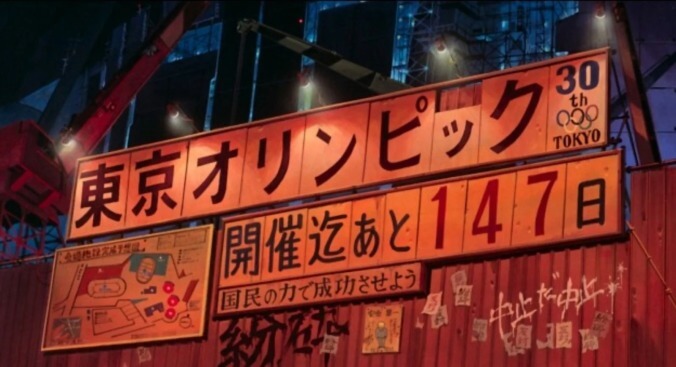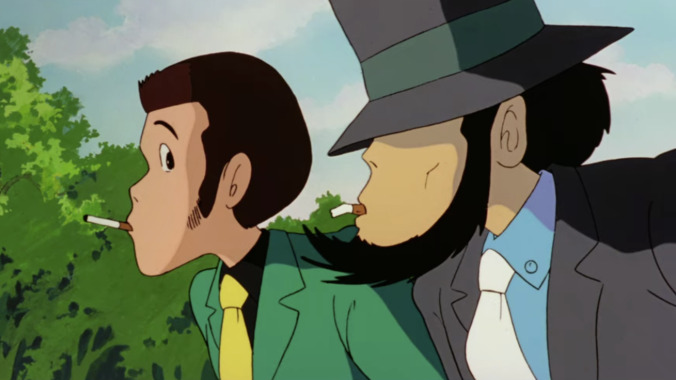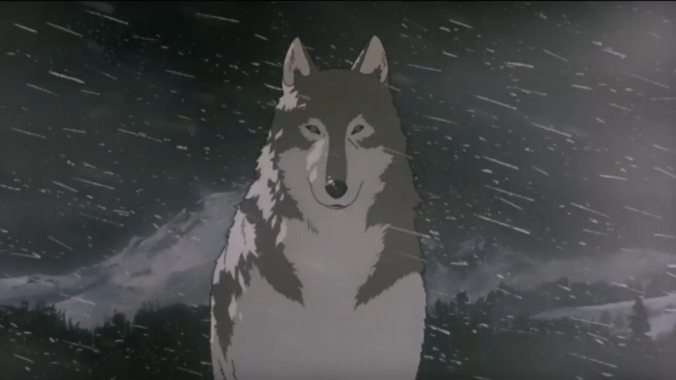The best anime movies on Netflix, Amazon Prime, and Hulu

Streaming libraries expand and contract. Algorithms are imperfect. Those damn thumbnail images are always changing. But you know what you can always rely on? The expert opinions and knowledgeable commentary of The A.V. Club. That’s why we’re scouring both the menus of the most popular services and our own archives to bring you these guides to the best viewing options, broken down by streamer, medium, and genre. Want to know why we’re so keen on a particular movie? Click the author’s name at the end of each passage for more in-depth analysis from The A.V. Club’s past. And be sure to check back often, because we’ll be adding more recommendations as films come and go.
We have lists for the best movies on Amazon Prime, Netflix, and Hulu, but we decided anime films deserved their own spotlight. The criteria for inclusion here is that (1) The A.V. Club has written critically about the movie; and (2) if it was a graded review, it received at least a “B.” Some newer (and much older) movies will be added over time as the streamers announces new additions to their library.



